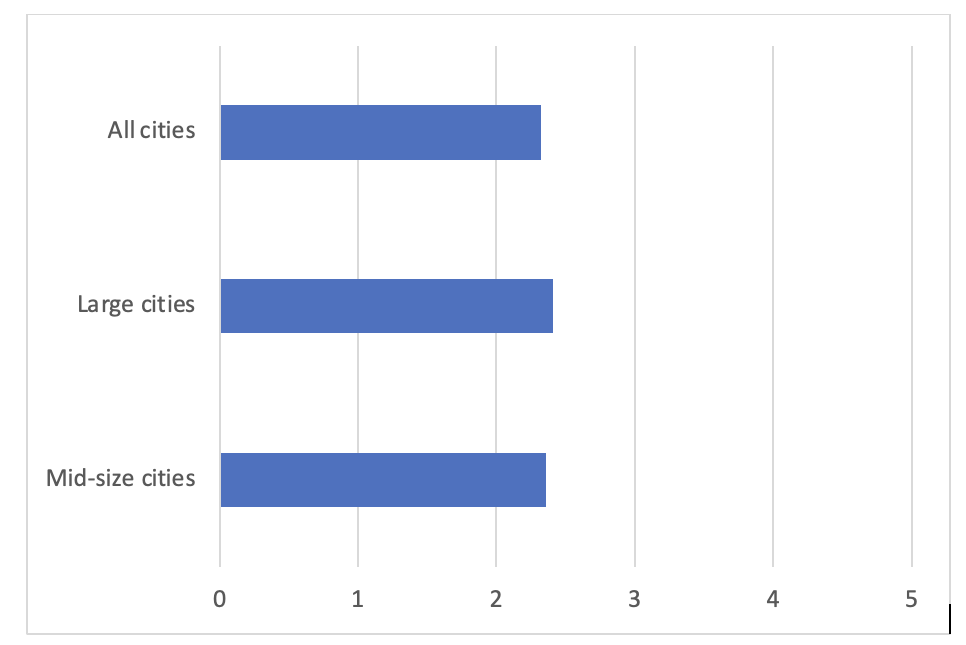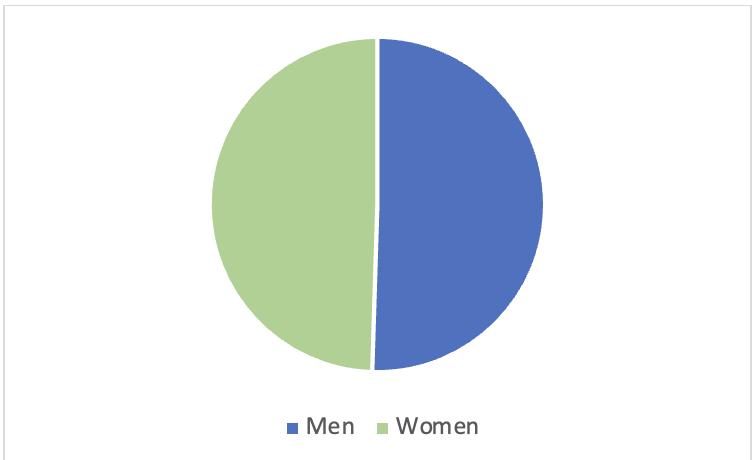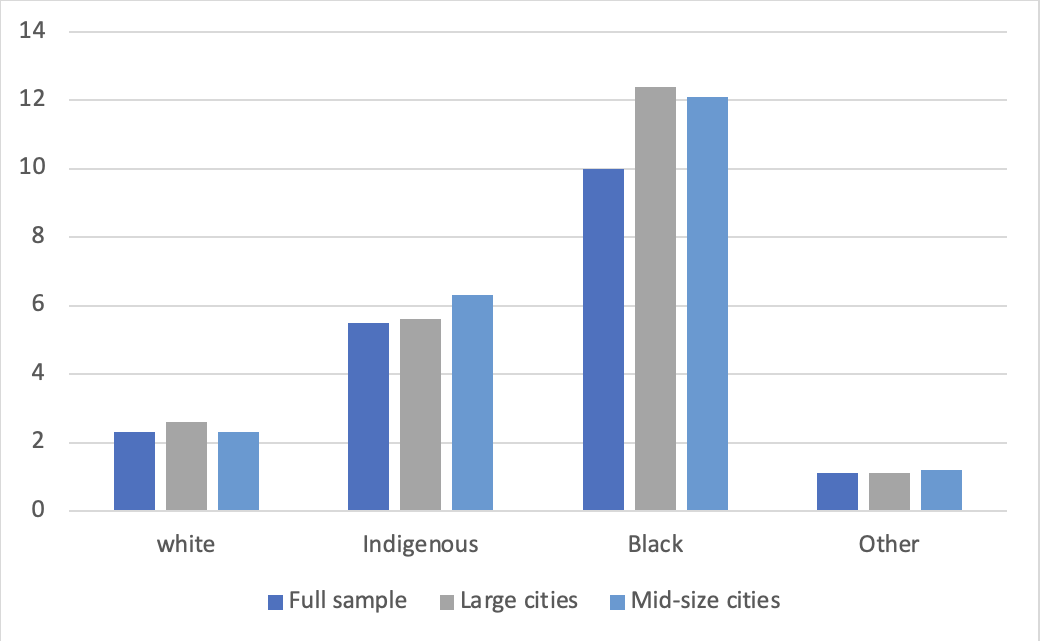There is no doubt that data shapes how we understand an issue and what we do about it. Across the country there are various efforts to collect more accurate, substantial data on people’s experiences of, and trajectories through, homelessness. We wanted to contribute to these efforts to better understand homelessness in mid-size cities. It is important to look at mid-size cities because recent research shows how quickly homelessness is growing in smaller communities. In fact, a new report from the Association of Municipalities of Ontario shows that known homelessness in rural Ontario has increased by 154% in the last eight years, eclipsing the increase in urban areas.
Digging into the Canadian Housing Survey
In this research, we combined the 2018 and 2021 Canadian Housing Survey (CHS) to understand and compare instances of homelessness in mid-size and large urban cities. The Canadian Housing Survey is an anonymous survey that goes out to households across the country every two years. The survey asks all sorts of questions about people’s housing situation, but for the purpose of this research, we focused on the question:
Have you ever been homeless, that is, having to live in a shelter on the street or in a park in a make-shift shelter or vehicle or an abandoned building?
We used responses to this question to assess who had experienced homelessness in mid-size Canadian cities (with a population of between 50,000 – 500,000) and how that compared with large metropolitan cities. We recognize that the phrasing of this question only gets at two of the four kinds of homelessness – absolute and sheltered homelessness and does not account for hidden homelessness. This is an important consideration as organizations and researchers are working to better account for hidden homelessness, which disproportionately impacts youth, Black, Indigenous, and racialized people, women and gender-diverse people, and people who have disabilities. Even with this limitation, the CHS was helpful because it provides a large sample size and for us to use advanced statistical methods to analyze multiple variables at once. This allowed us to see which factors have the strongest impact on homelessness across mid-size and large Canadian cities.
What the data shows
- Specific to our interest in mid-size cities, the data shows that the likelihood of experiencing homelessness is similar for people living in large cities than it is in small-to-mid-sized cities. This is an interesting finding given that much of the national conversation about homelessness focuses on Canada’s big cities.

- Women were just as likely as men to experience homelessness, both in urban and mid-size communities. This is an important finding because most data we have on homelessness, like point-in-time counts, show the rate of women’s homelessness to be approximately 30%. This assumption shapes how homelessness resources are funded and distributed. The finding that women are equally likely to experience visible and absolute homelessness, not only hidden homelessness, should impact how we address women and gender-diverse people’s experiences of homelessness.

*The previous iterations of the CHS only provided binary options for gender responses
- Indigenous and Black survey respondents disproportionately experienced homelessness in both major urban centres and mid-size cities, vastly outpacing the rate of white people experiencing homelessness in relation to population size. This is surprising given that larger cities tend to have more racial and ethnic diversity than mid-size cities and over half of newcomers live in one of Canada’s three biggest cities.

- In mid-size cities, older adults were more likely to experience homelessness than in big cities. Even though we were unable to take into account the proportion of older adults living in big cities compared to those living in mid-sized cities, older adults were more likely to experience homelessness in mid-sized cities As the national population ages, and with the homeless population, addressing older adults experiencing homelessness in mid-size cities will be key.
- The more education someone had, the less likely they were to experience homelessness. Completing high school, and having a college diploma, or a university degree were protective factors from homelessness, both in mid-size and large cities.
- Surprisingly, respondents who identified as bisexual were significantly more likely to experience homelessness than heterosexual people, especially women who identified as bisexual in mid-size cities. Research has shown that members of the 2SLGBTQ+ community are over-represented in the homeless population. How people who are bisexual face unique challenges in the homelessness sector needs further exploration.
Conclusion
This research shows that homelessness is not just a problem in big cities—it affects communities of all sizes – in our case, focusing on mid-size cities. Our study highlights how different factors, such as gender, race, sexual orientation, age, and education, influence the likelihood of experiencing homelessness. These experiences are happening in communities all over the country, with mid-size cities accounting for a significant rate of homelessness. By looking at the unique conditions of homelessness in mid-size cities, we will be better able to respond in a way that moves the dial on preventing and ending homelessness in communities across Canada.
Read the full article here: https://ojs.lib.uwo.ca/index.php/ijoh/article/view/16856
